"As if their jobs aren't dangerous enough"
How many of your crew members have undergone a full-body check for skin cancer? The reality is that every one of them should regularly have this done.
Dr. Jennifer Vickers of Sanova Dermatology said, “As if their jobs aren’t dangerous enough, there’s new evidence that suggests that firefighters may have an increased risk for skin cancer over those in other professions.”
LiveScience reported on a study of about 2,400 firefighters in South Florida, revealing that 4.5 percent of them disclosed being diagnosed with skin cancer at some point. 0.7 percent of all surveyed were diagnosed with melanoma (the deadliest form of skin cancer): higher than the 0.1 percent melanoma rate among the general population of Florida.
The study also found the average age of melanoma among firefighters was 42 years old, versus the average age being 64 years old within the nation’s general population. In 2002, Washington State passed legislation deeming melanoma an “occupational disease” for firefighters.
It’s extremely important that you remind all of your crew members: You have to protect yourself first, before being able to save others. Understand the risk factors of skin cancer, do your best to reduce them and check regularly to make sure they don’t sneak up on you.
What to watch out for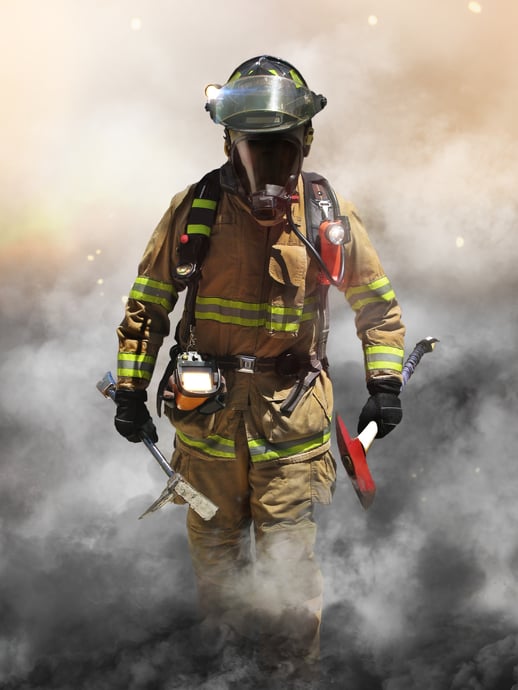
Some of the factors involved in the increased risks of skin cancer that your team faces include:
- UV rays from the sun—Because you are frequently outdoors, you’re also frequently exposed to one of the leading causes of skin cancer: the sun. Make sure to take breaks in covered or shaded areas and wear sunscreen while on duty and outside of work. The LiveScience study discovered that firefighters with melanoma had a greater history of sunburns.
- Lingering soot from the scene of fire—The combustion of materials during a fire creates harmful chemical compounds, known as carcinogens, within soot that can transfer onto your gear, engine, fire station and home. Fully cover your skin with gear during calls to protect areas that would otherwise be exposed. Make sure to decontaminate your equipment and immediately remove soot from any areas of exposed skin.
- Planned and unplanned chemicals—The flame retardants that your crew uses may contain chemicals that have been linked to other health issues, such as thyroid cancer. Additionally, if you’re in a building with hazardous materials or chemicals and a fire causes them to leak or explode, there is even more potential for cancer-causing substances to enter your skin’s receptors. Once again, the importance of covering your skin with your gear and thoroughly cleaning your protective equipment is unprecedented.
The significance of examination
It’s no guarantee that these safety measures will prevent skin cancer for the members of your team. Cancer can be unpredictable. Make sure to get full-body skin screenings each time you see your doctor and regularly check your skin on your own. Visit the Skin Cancer Foundation to learn how to perform a self-examination. Catching cancer early can help fight it. Thick or thin, your skin is vulnerable. Overall, protecting it will help your efforts to care for others.

Brittany Wolf, Marketing
Brittany attends Penn State Harrisburg in pursuit of her Communications degree. When she isn’t studying, traveling or playing volleyball, she is spending time outside with her two dogs or planning her wedding.
DISCLAIMER
The information contained in this blog post is intended for educational purposes only and is not intended to replace expert advice in connection with the topics presented. Glatfelter specifically disclaims any liability for any act or omission by any person or entity in connection with the preparation, use or implementation of plans, principles, concepts or information contained in this publication.
Glatfelter does not make any representation or warranty, expressed or implied, with respect to the results obtained by the use, adherence or implementation of the material contained in this publication. The implementation of the plans, principles, concepts or materials contained in this publication is not a guarantee that you will achieve a certain desired result. It is strongly recommended that you consult with a professional advisor, architect or other expert prior to the implementation of plans, principles, concepts or materials contained in this publication.
This blog post may contain the content of third parties and links to third party websites. Third party content and websites are owned and operated by an independent party over which Glatfelter has no control. Glatfelter makes no representation, warranty, or guarantee as to the accuracy, completeness, timeliness or reliability of any third party content. References to third party services, processes, products, or other information does not constitute or imply any endorsement, sponsorship or recommendation by Glatfelter, unless expressly stated otherwise.
Related posts
We asked 10 members of our VFIS Team to name one auto-related risk that they believe is underdiscussed in fire and EMS agencies. Here’s what they said.
Most volunteer fire departments rely heavily on POVs, but there are inherent risks you should know.
Establish a Emergency Vehicle Operations Program that includes driver/operator requirements to help ensure your vehicles are in the right hands.
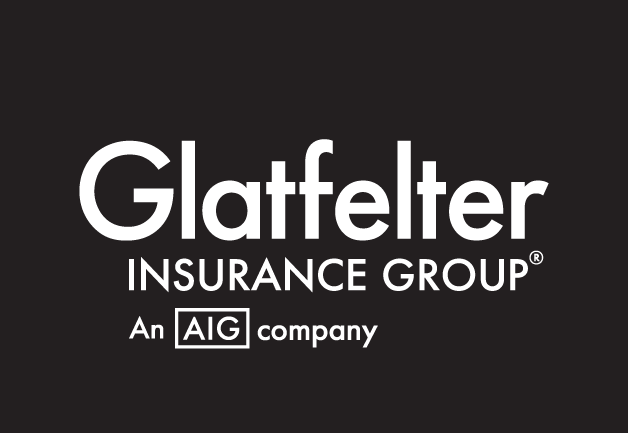

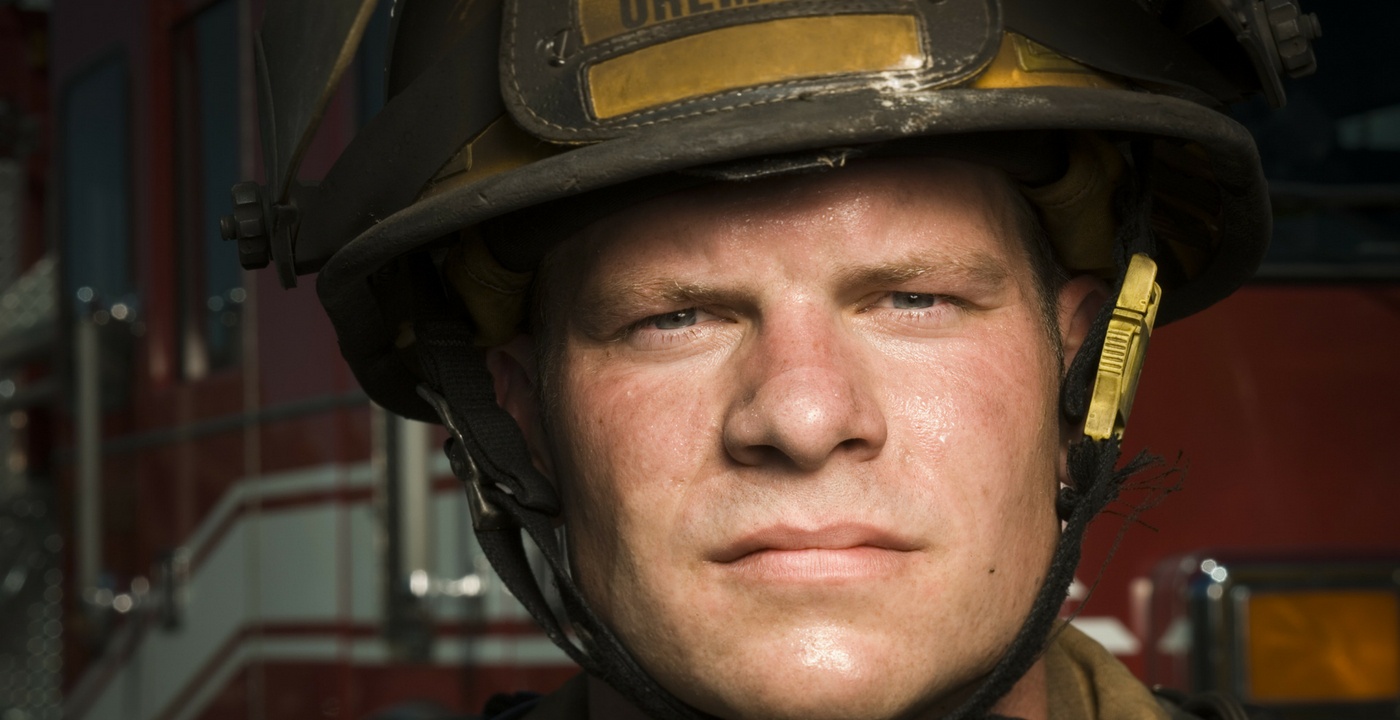
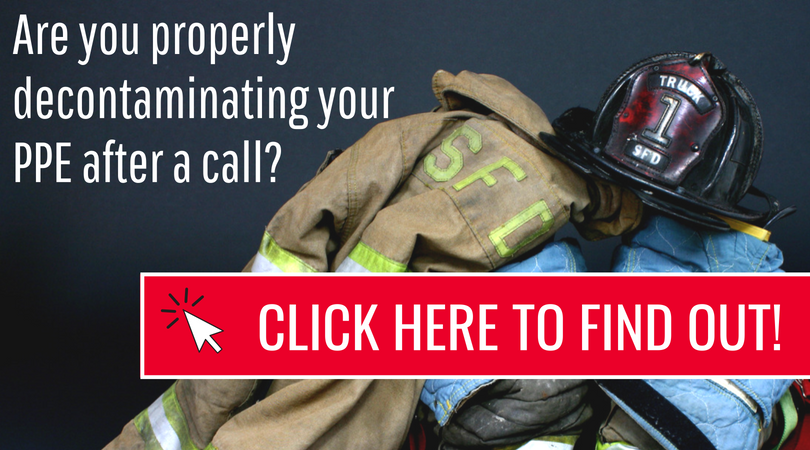
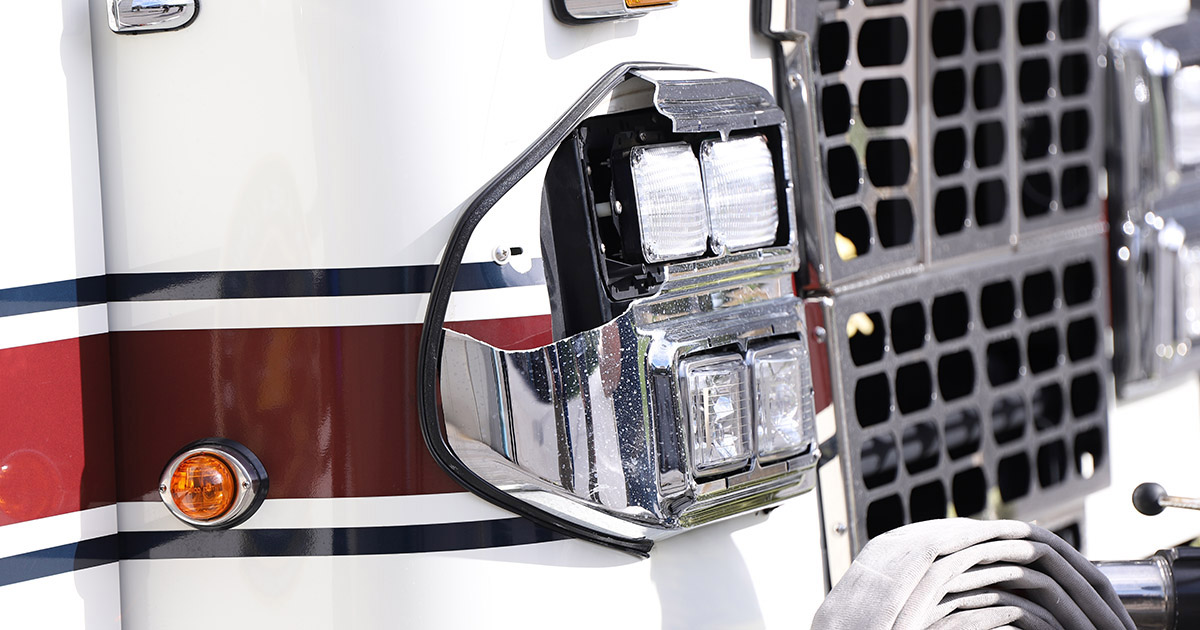

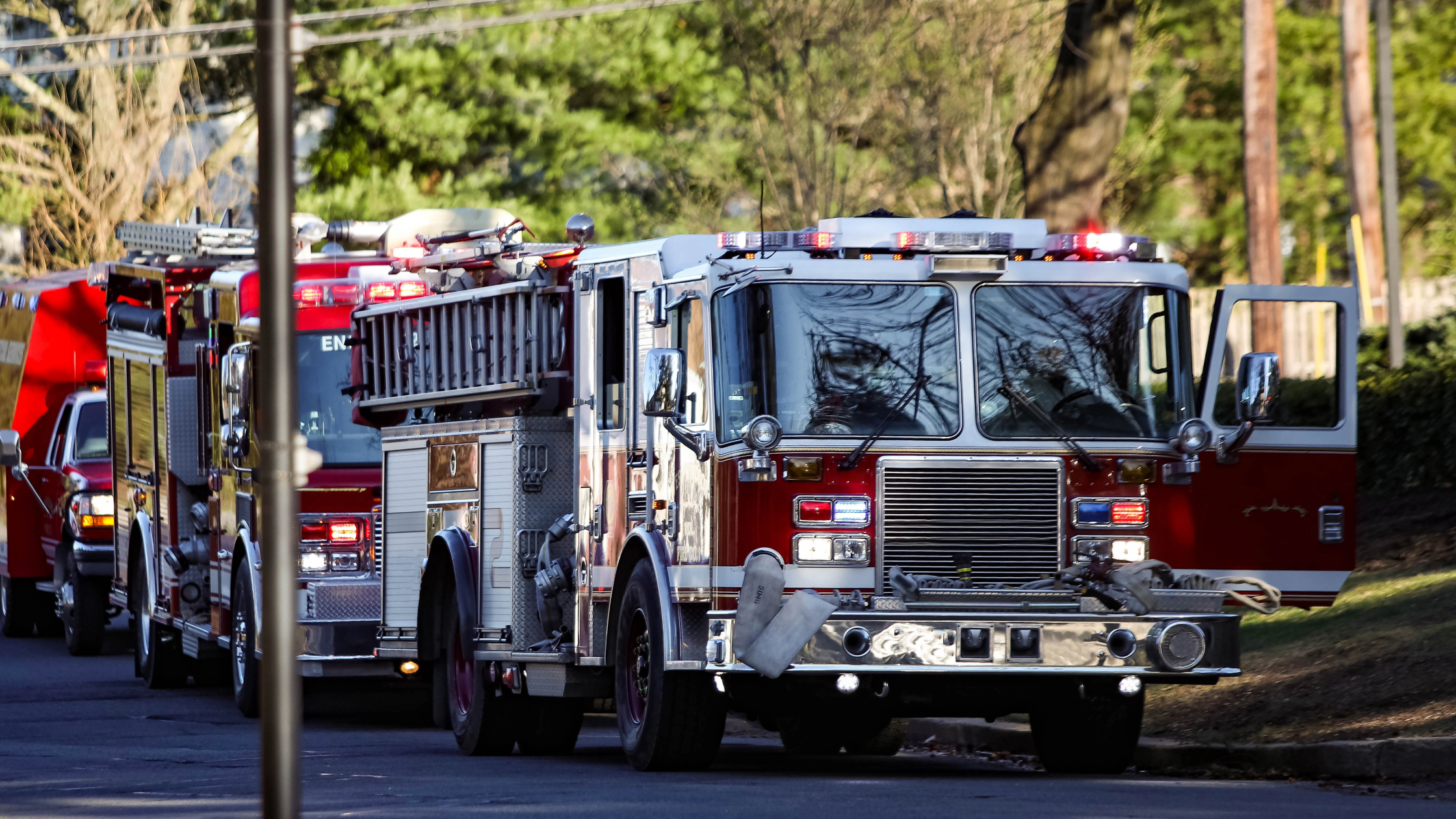

Submit a Comment